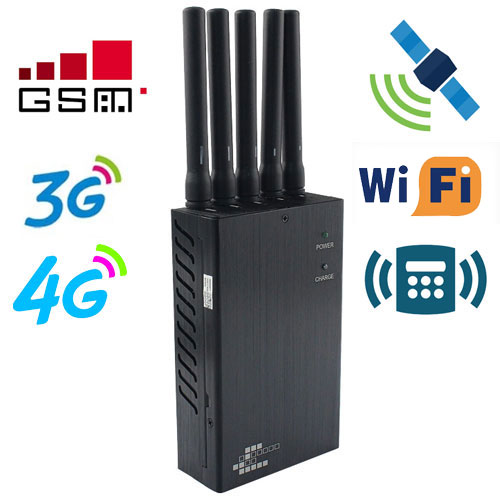The current state of wave interference
Still banned in France a few years ago, except in prisons and certain theaters, these mobile jammers seem to be gaining more and more popularity in France. As proof: the number of individuals wishing to equip themselves with a mobile gsm jammer.
Thus a recent survey reveals that, from teachers bored (Editor's note: portable pumps by students) during exams to medical organizations through various private companies, the list of customers interested in gsm jammer equipment is very long. Despite a significant fine for failure to comply with the restriction on the use of cell phone jammer, those concerned are scrambling to obtain their jamming equipment ...

But the biggest users would be the mosques which would activate them during sermons, to the chagrin of general information which could no longer listen to them via their cellphones.
A jamming range of 5 to 1,000 meters
There is another less aggressive technique which relies on "repeaters", which in turn allow mobiles to make an emergency call, for example, but prohibit any incoming call. Other scrambling systems block the communication between a telephone and the operator's relay thanks to the emission of a signal called "parasitic signal", whatever the direction of the GSM communication, but only after having detected a call. The Rouen and La Sante remand centers in Paris are equipped with such telecommunications jamming systems.
Marketing of portable jammers
Marketed from 150 euros (products very often not approved) and going up to more than 2000 euros, the jammer available on the market scramble GSM, CDAM, TDMA standards, such as PCS, but also UMTS and Wi-Fi. The range of these interfering devices varies according to their power, from five meters to more than 1000 meters (in general, such coverage is dedicated to military or secret applications).
To find out more, follow the news on our gsm jammer blog.




